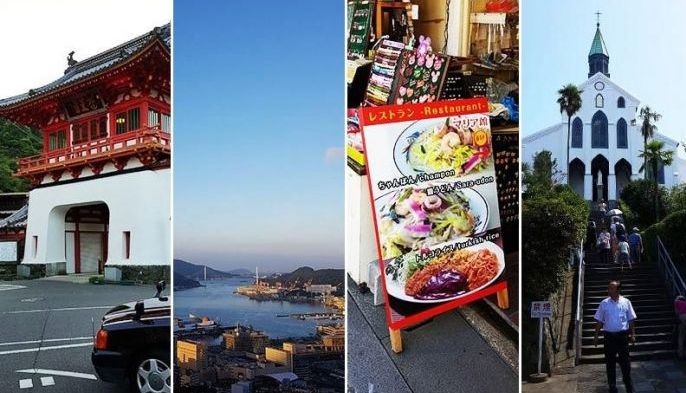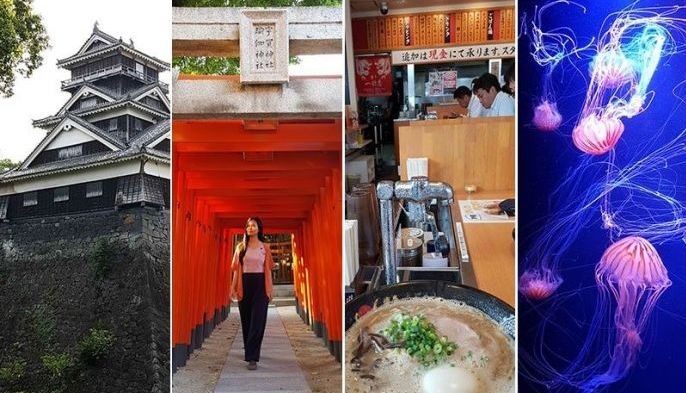A pilgrim’s guide to the secret world of Japan’s ‘hidden Christians’
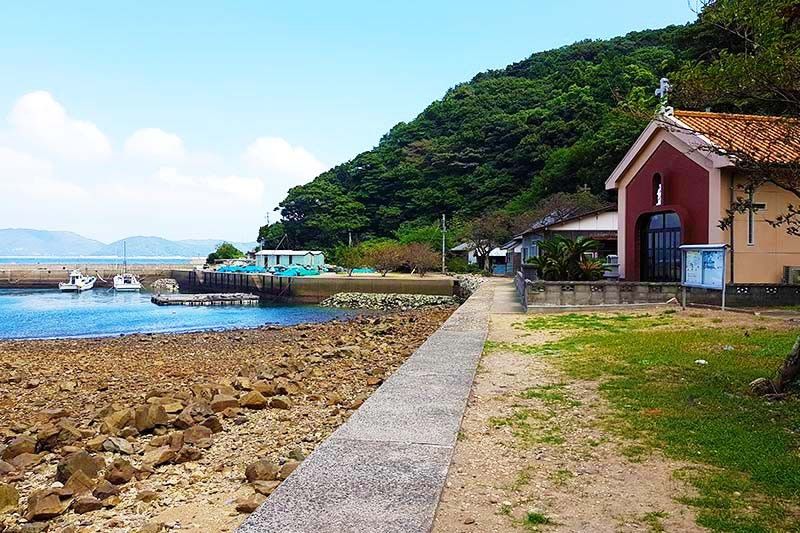
MANILA, Philippines — In the halls of the gothic-style Oura Cathedral, a story of a “miracle” unfolded in 1865 when three women mustered the strength to march to the priest and utter the words: “We have the same heart as you.”
Their confession uncovered the existence of “hidden Christians” who went underground for 250 years during the Catholic holocaust in Japan.
The women were said to be dissuaded by their neighbors from going which was only natural at that time since it might be a trap set by the watchful Tokugawa Shogunate, the de facto rulers at the order of the emperor.
Although Japan has re-opened itself to the world again after a centuries-long seclusion policy, Christianity was still forbidden.
There was a time, however, when the religion thrived, particularly in Nagasaki, the Catholic heart of Japan.
The seeds of the religion spread in the country when Portuguese traders arrived in Nagasaki prefecture on the island of Kyushu, southwest of Tokyo, in 1543. Their arrival signaled Japan’s first contact with the West.
The traders brought with them gunpowder and later missionaries. Catholicism rapidly converted tens of thousands on the island of Kyushu, including powerful feudal lords, some of whom only interested in the new weapons and profits from the trade.
The growing religion was soon seen as a threat by Japanese leaders who implemented a crackdown.
For over two centuries there were no priests in Japan. The country has isolated itself from the rest of the world and Christians were being hunted down by the shogunate. If found, torture awaits and to those who would not recant, death.
Some of those captured had their ears or noses cut off, a common form of public humiliation, and paraded. Death could be by crucifixion, drowning or getting thrown into boiling hot springs that can cause third-degree burns in seconds.
Some of the torture and execution methods were depicted in the Martin Scorsese film “Silence,” which was based on Shusaku Endo’s masterpiece novel by the same name.
Still, many risked their lives strongly believing that the Christian God is the one true God who brings salvation in the next life.
They went to caves or in secret rooms inside their homes to celebrate Catholic feasts while outwardly pretending to be Buddhist or Shinto practitioners.
Virgin Mary statues were disguised as Kannon, the Buddhist goddess of mercy, and Jesus as Buddha. Those living in isolated islands used bizarre items as objects of their Catholic devotion like abalone shells with patterns likened to the image of the Virgin Mary.
The absence of priestly guidance meant Japanese Catholics were left to their own devices. They recited the orasho, prayers which are a mix of Portuguese, Latin and Japanese, whose words metamorphosed due to the oral tradition it was passed down to the younger generation.
Words in the prayers changed like Ave Maria which became Abe Maruya and Amen Jesus which became Anmen Riyusu.
Even after the lifting of the religious ban in 1873, descendants of “hidden Christians” continued to pass down these unique traditions. And the doors of Oura Cathedral, Japan’s oldest standing Christian Church, remains open to this day to welcome pilgrims seeking to learn about the extraordinary story that unfolded on the island of Kyushu.
Here are the 12 “hidden Christian” spots recognized by UNESCO as World Heritage sites.
Remains of Hara Castle
Hara Castle became a grave site for around 37,000 peasants, mostly Christians, who were killed after a failed rebellion in 1637 over high taxation and religious persecution.
The rebellion had triggered the establishment of Japan’s policy of isolation which prevented Portuguese ships from smuggling missionaries into the country. Japanese Catholics had no choice but to practice their faith in hiding without the guidance of priests.
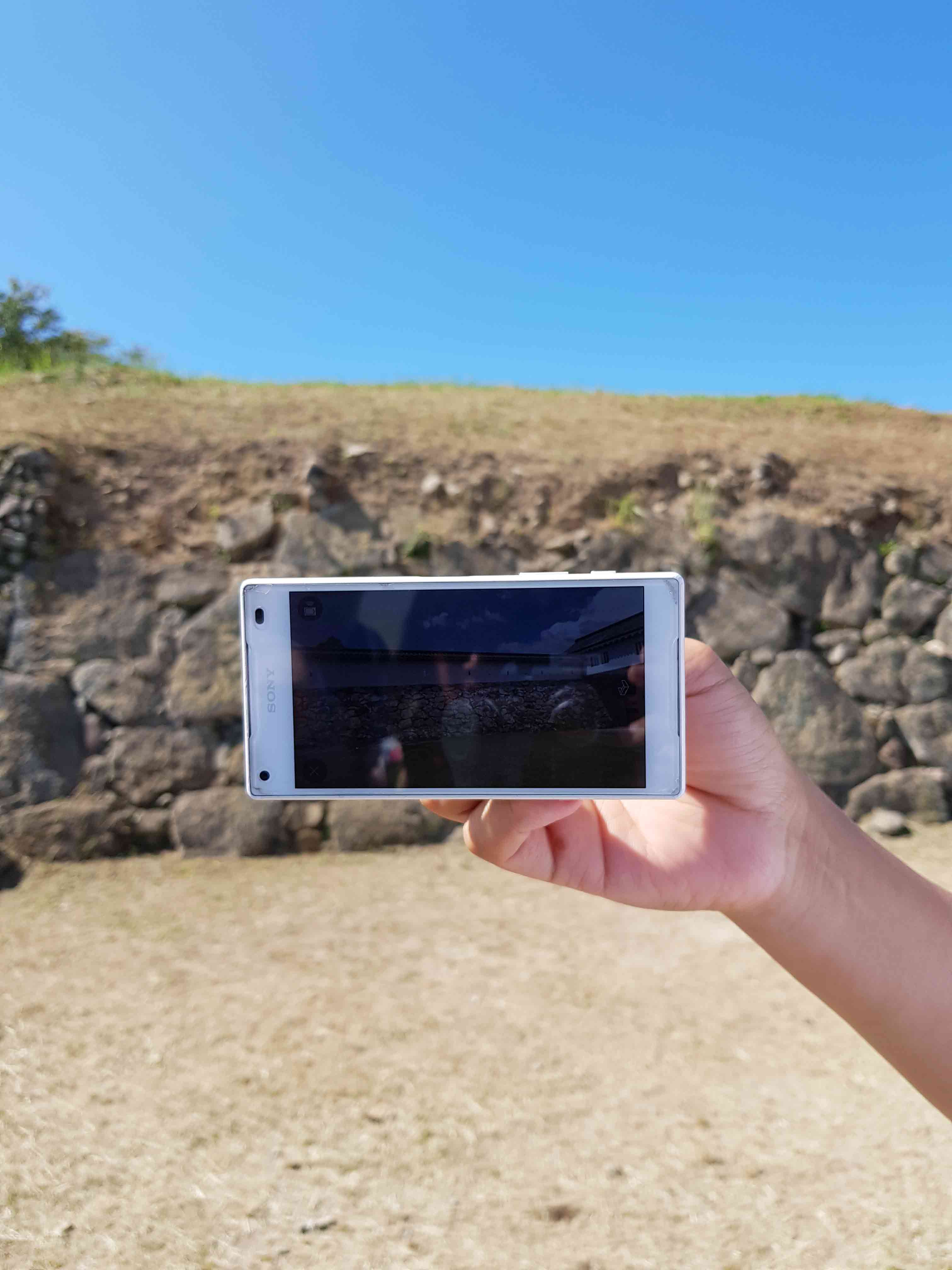
You can take a VR tour of this UNESCO World Heritage site to see its original splendor by downloading the StreetMuseum app on Android and iOS in advance.
Kasuga Village and Mt. Yasumandake
“Hidden Christians” in Kasuga Village continued practicing Catholicism in secret by venerating nature sites such as Mt. Yasumandake, already worshipped by locals long before Christianity's introduction in Japan, as sacred places.
Nakaenoshima Island
Nakaenoshima Island, where Japanese Catholics were martyred during the early period of the ban, was another natural site venerated by “hidden Christians” in Kasuga Village. Holy water was gathered from this site in a ceremony called “Omizutori.”
The island is located off the northwest coast of Hirado City in Nagasaki prefecture.
The “hidden Christian” communities in the village of Kasuga did not rejoin the Catholic Church after the ban on the religion was lifted. Instead, they continued with their unique religious system borne out of the centuries-long persecution.
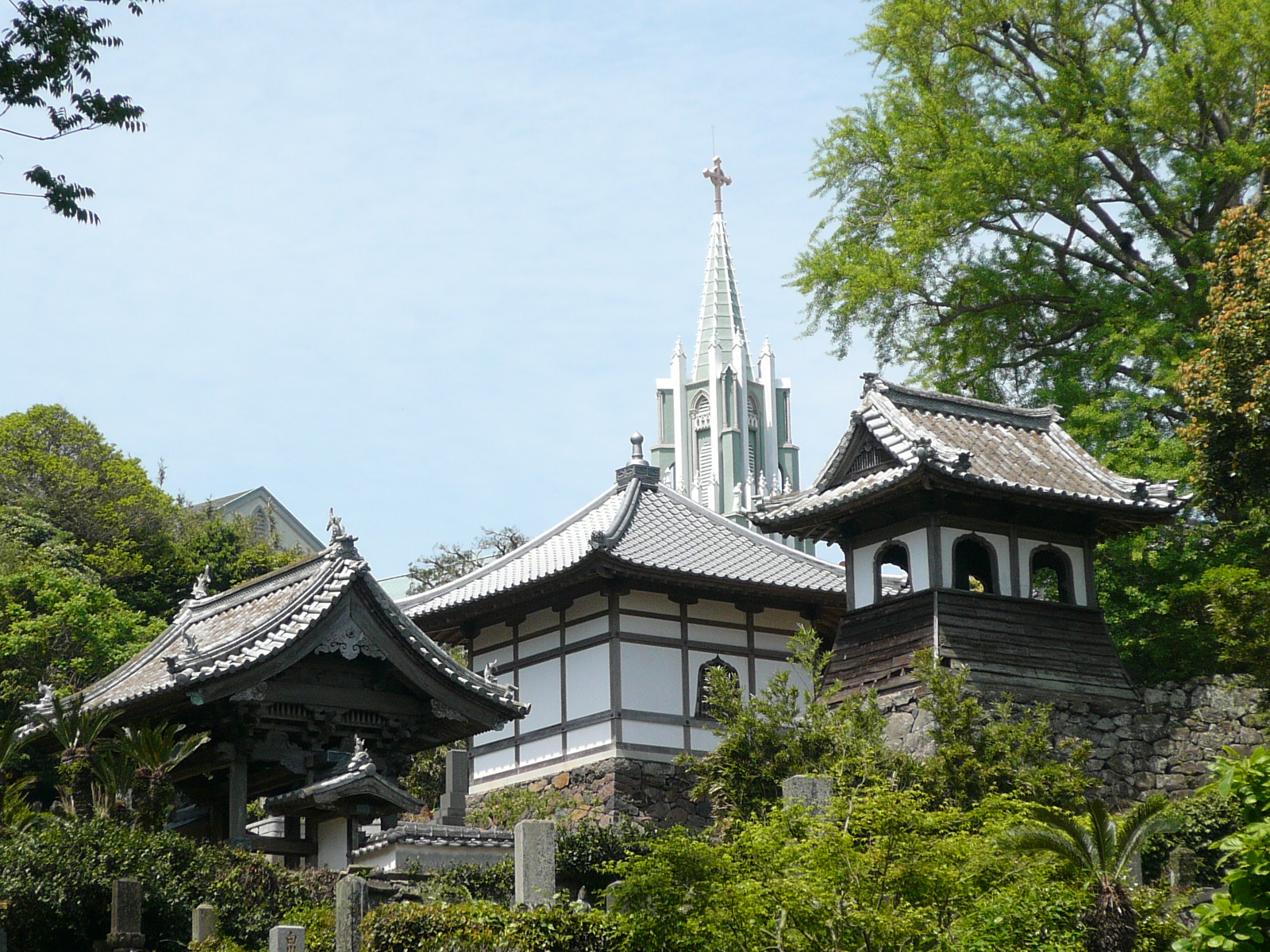
Sakitsu Village
In the quiet fishing village of Sakitsu, items used in daily life were used as objects of their Catholic devotion. Abalone shells are of special significance as their mother-of-pearl patterns were associated with the Virgin Mary.
On the site of the village headman’s house where the “Efumi” ceremony was held now stands the Sakitsu Church. The ceremony was conducted to prove that a person was not Catholic by trampling on an image of Christ or the Virgin Mary.
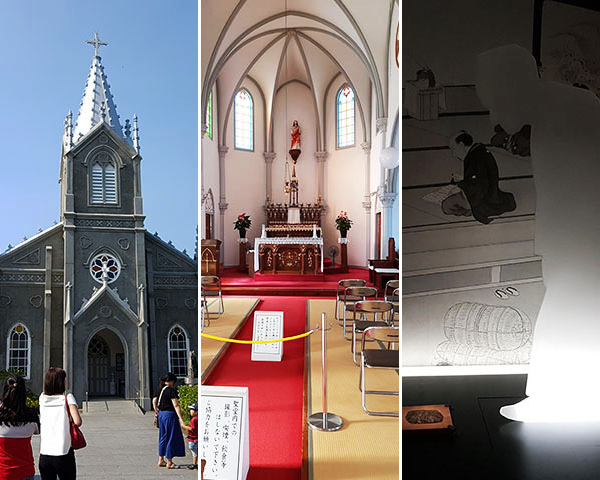
Shitsu Village
In the village of Shitsu in the town of Sotome, Catholics were able to secretly practice their faith by keeping a Catholic liturgical calendar and catechism.
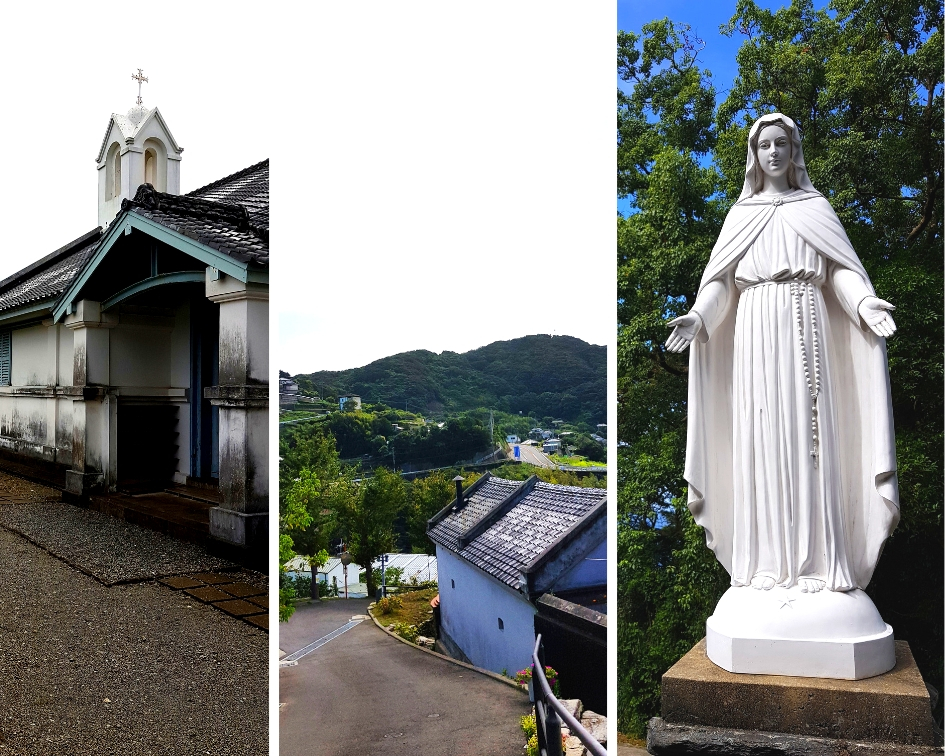
“Hidden Christians” in Sotome migrated to Kyushu’s remote islands where they felt they could practice their faith more freely.
Ono Village
“Hidden Christians” in Ono Village, also in Sotome, pretended to be Buddhist and Shinto followers, concealing their faith by disguising as deities of the said religions their images of Jesus or the Virgin Mary.
Villages on Kuroshima Island
Kuroshima was one of the islands where “hidden Christians” migrated to so they could maintain their religious communities.
They moved to the island after a policy by the Hirado clan encouraging migration to cultivate the land.
They secretly prayed to a statue of Maria Kannon, the Virgin Mary disguised as a Buddhist deity, which they had placed inside the Buddhist temple.
Remains of villages on Nozaki Island
Another island where “hidden Christians” in Sotome migrated to was Nozaki, whose only inhabitants were Shinto priests of Okinokojima Shrine and their followers.
“Hidden Christians” outwardly behaved as Shinto practitioners while concealing their Catholic faith.
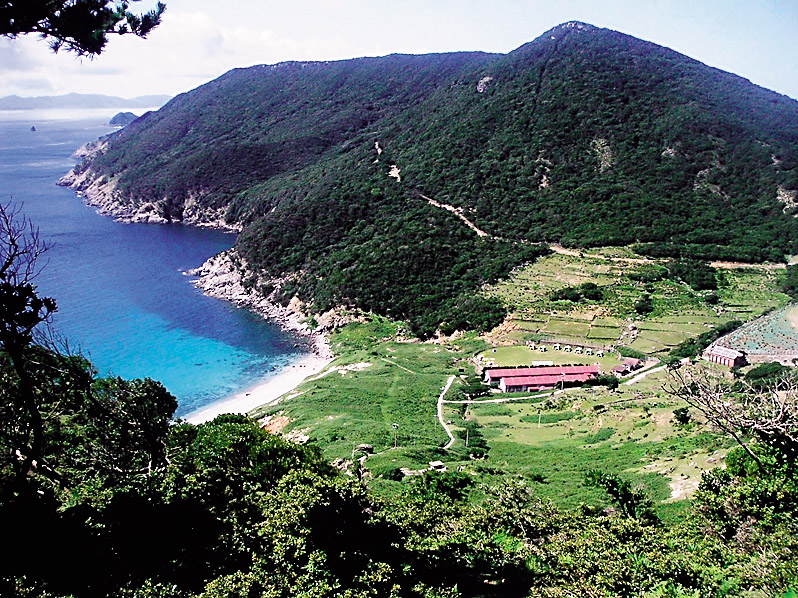
Villages on Kashiragashima Island
Used as a sanitarium for sick people, the island of Kashiragashima was avoided by other communities making it ideal for “hidden Christians.”
Catholics who migrated to the island lived under the guidance of a Buddhist pioneer while they practiced their faith in secret.
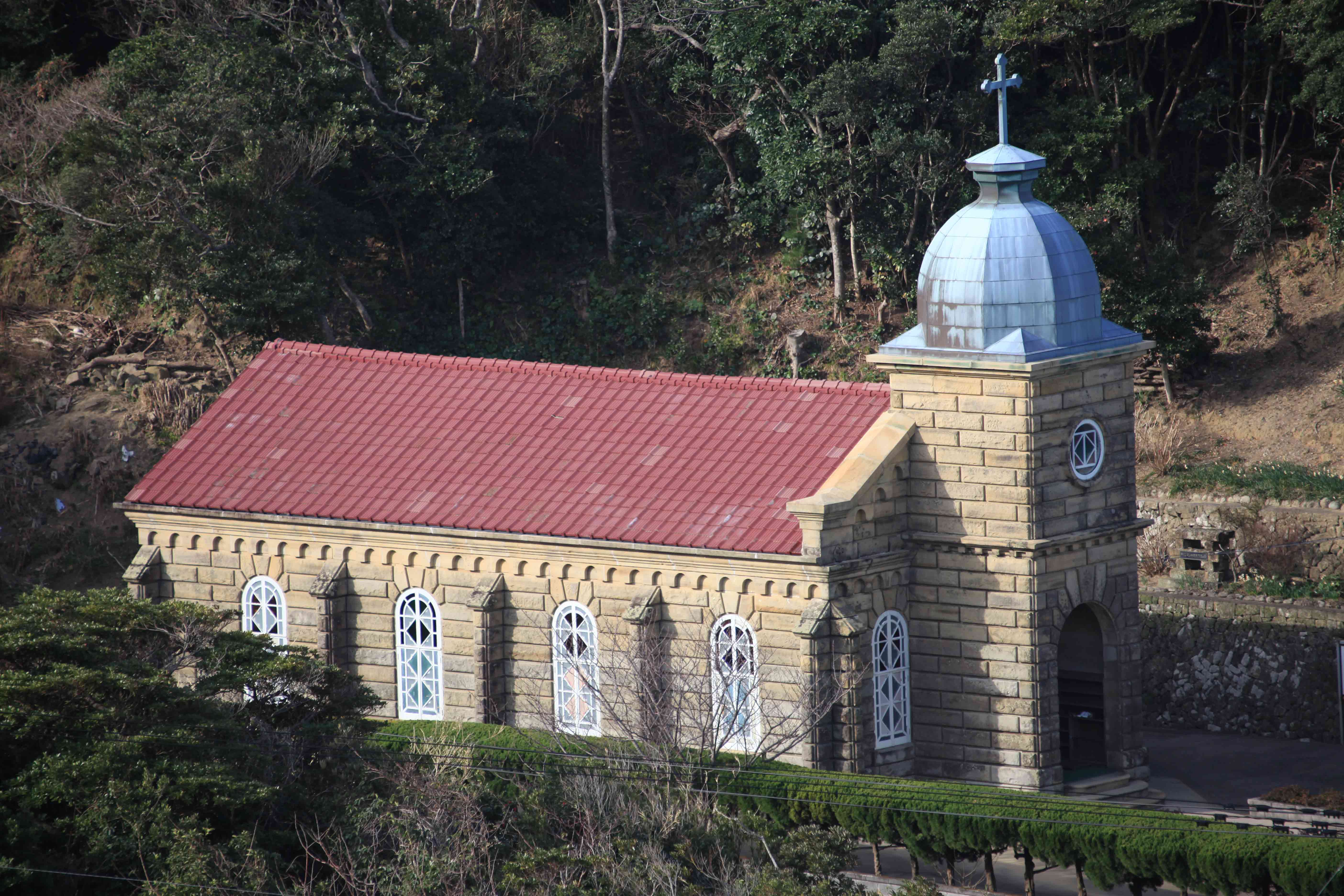
Villages on Hisaka Island
After hearing that the Goto clan was welcoming migrants to cultivate the underdeveloped island, many Catholics from Sotome moved to Hisaka.
They rejoined the Catholic Church after the religious ban ended.
Oura Cathedral
The site of the “miracle of the Orient,” Oura Cathedral was where the existence of “hidden Christians” was discovered.

Egami Village
Catholics from Sotome were able to practice their faith in secret in Egami Village on Naru Island. After the lifting of the ban on Catholicism, “hidden Christians” rejoined the Catholic Church.
They constructed Egami Church which used indigenous techniques.
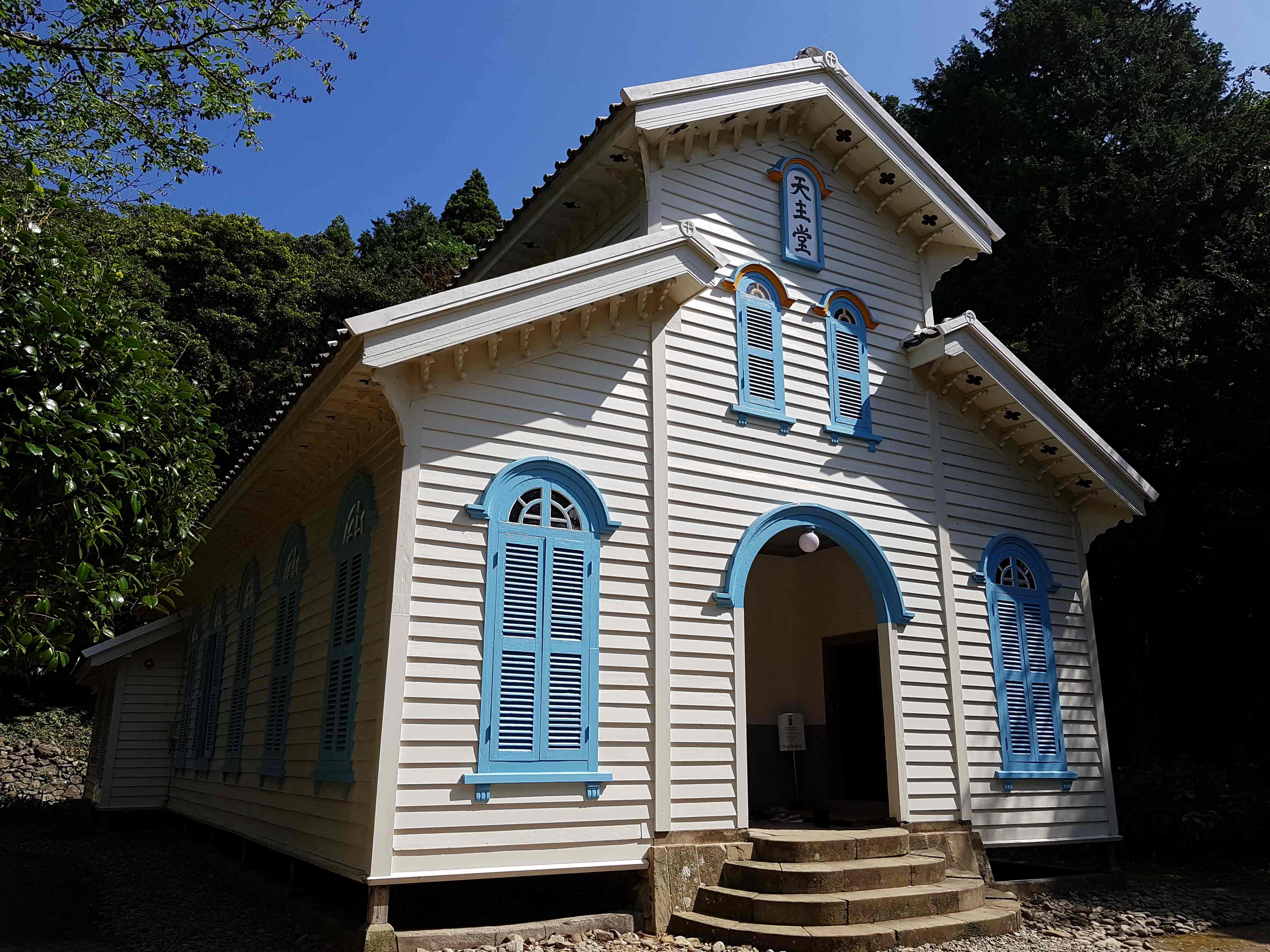
---
Editor’s note: The trip to Kyushu was hosted by Media International Co., Ltd. to promote tourism. At no stage does the host have a say on the stories generated from the coverage, interviews conducted, publication date and story treatment. Content is produced solely by Philstar.com following editorial guidelines.
Some “hidden Christian” sites need prior notice to be able to access, please take note of this as well as the code of etiquette required to visitors here.







